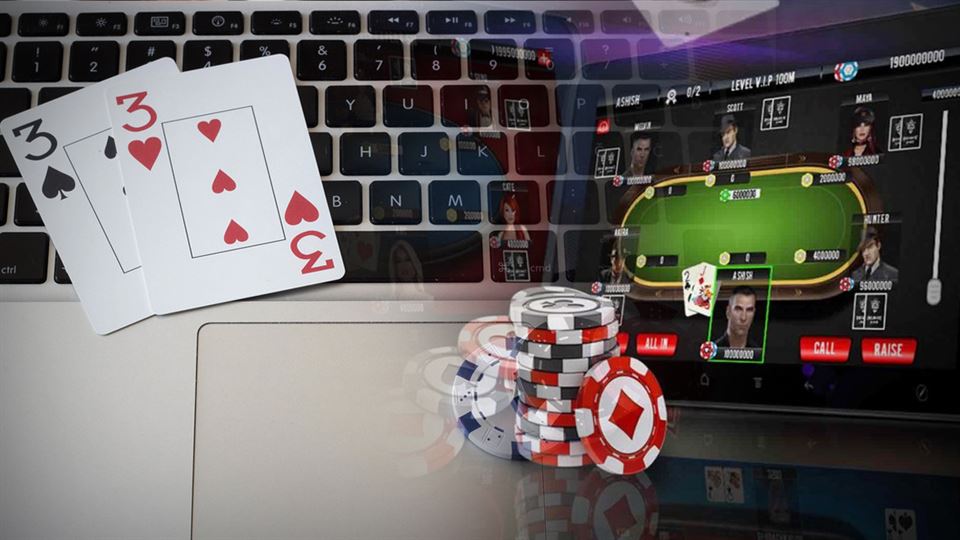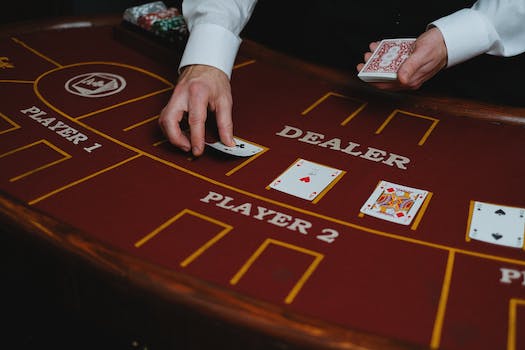Poker is a popular game for many reasons. First, it is relatively easy to learn how to play. You can learn the basic rules in just a few minutes, and many online resources can help players improve their skills. Second, poker is a social game that players of all ages and backgrounds can enjoy. Whether you’re playing at a casino or online, you’ll have the opportunity to meet new people and potentially make new friends. Third, poker is a great way to test your skills and strategy against other players. Thanks to its incredible strategic depth, there’s always something new to learn. Finally, poker is simply fun! The betting rounds can be incredibly tense and thrilling since you never know exactly what your opponent has. Whether you’re playing for money or casually, it’s easy to see why this classic game is one of the world’s favorites.
Poker strategy is incredibly complex and intricate. For beginners, this can be pretty intimidating. There are a lot of different concepts to wrap your head around, and it can be easy to make mistakes. However, the good news is that there are some relatively simple things you can do to get better quickly. One great place to start is fixing your mistakes. Doing so will give you an edge over your opponents, and understanding why a particular action is wrong helps you learn the game. This poker guide will cover a prevalent mistake among inexperienced players: Slow playing. It will explain what it is, why it’s bad, and when you can use it.

What is slow play?
Slow play is a deceptive technique in which players pretend to have a weak hand to lure opponents into betting more than they would otherwise. The goal is to keep those opponents in the hand and build the pot because more players are participating. It also helps disguise the strength of your hand, as most players would not assume you are holding a solid hand if all you do is check and call. Most beginners think that slow playing can keep multiple people in the pot, making it bigger, then allowing you to win out of nowhere at the showdown when you finally reveal your hand.
Why slow play is a mistake (most of the time)
Slow play may sound good on paper, especially to inexperienced players, but it does not work well in practice for two main reasons. Slow playing doesn’t build a big pot because it forces you to rely on other players betting to build the pot. You need to call a big bet, and when playing with other passive players, you might just end up checking all the way to the showdown. Slow playing also directly reduces your chances of winning. It results in more multiway pots, which are pots with more than two players involved. These pots are incredibly volatile and harder to win because at least one player is likely to have a monster hand. Slow playing also gives your opponents a free pass to the next rounds, and if they have a drawing hand, they could potentially complete it and beat even the best starting hands like AA.

How to counter slow play
You might go against slow players, especially when starting. Thankfully, slow play is easy to counter because of its many flaws. The best way to beat it is to simply go along and check/call, especially with a drawing hand. This allows you to see more cards without committing too much to the pot, potentially winning the game if you have a drawing hand. Even if you don’t have a drawing hand, you can still check/call and deny the slow player value from their hand. The hardest part about countering slow play is understanding when a player is slow playing and when they genuinely have a weak hand. There is no easy solution; it requires careful analysis of your opponents’ playstyles. Tight-passive players are the most likely to slow play since they stick to premium hands but rarely bet or raise. Loose-passive players could also slow play, but they usually have weak hands, even when calling large bets.
When to slow play
That said, just because a poker tactic is suboptimal most of the time doesn’t mean it’s entirely useless. There are some great times to slow play. For example, if you’re up against a loose-aggressive poker player, they’ll often do the betting by trying to bluff. Slow playing is a great way to trick them into building the pot. Whenever they bluff, you can simply call, and they are unlikely to suspect that you have a good hand. Loose-aggressive players naturally bet often, and slow play can even trick them into making a big bluff you can call with the better hand.

Where to play online poker
Slow playing in poker can be a big mistake, but it can also work well when used appropriately. Understanding what makes mistakes wrong helps you learn the game better and find situations where “mistakes” like slow playing can work. Knowing common beginner mistakes is a good start, but poker is still incredibly complex. Honing your skills and improving takes time and effort. Sites like GGPoker offer a wide variety of games, including Texas Holdem online. It is one of the best ways to practice your online poker skills on reputable sites like GGPoker, the world’s largest poker room. You’ll always find a game format that suits you, and you even get access to free poker-tracking software!




